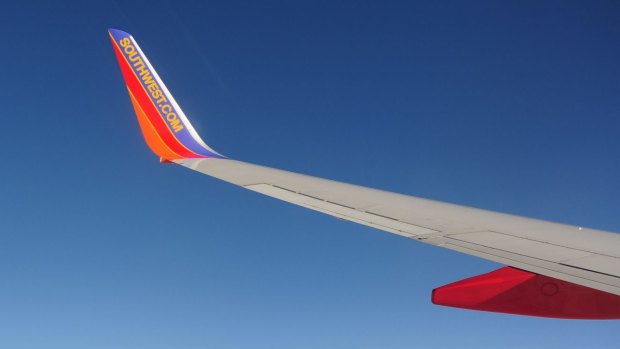
A wing with winglet on a Southwest Airlines Boeing 737-700 jet.Credit: Alamy
Winglets are those small, upturned tips at the end of an aircraft's wings and they've become an increasingly common sight on passenger aircraft this century.
A wing generates lift by creating an area of pressure that is greater below the wing than above it. At the tip of a conventional flat wing, a vortex is created as some of the higher pressure air circulates to the top of the wing, creating drag and reducing the efficiency of the wing.
A winglet is a deflection device that reduces the passage of air from below the wing to the "low pressure" top surface, offsetting the drag effect.
Winglets increase an aircraft's range and also reduce fuel consumption by as much as 5 per cent, and fuel costs are now one of the biggest components of an airline's balance sheet. Most commercial jet aircraft are manufactured with winglets but they are also available as a retrofit for older aircraft. Even after an aircraft is scrapped its winglets have value.
The winglets from a Boeing 737NG can fetch $US650,000 on the second-hand market.
Sign up for the Traveller newsletter
The latest travel news, tips and inspiration delivered to your inbox. Sign up now.